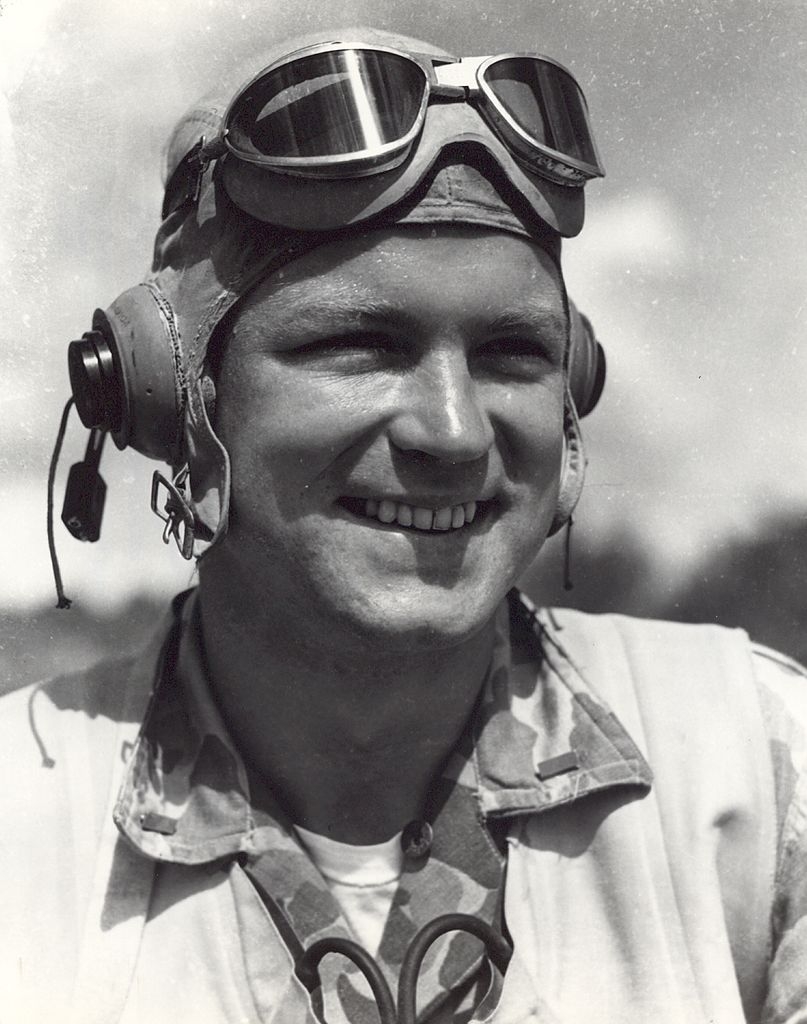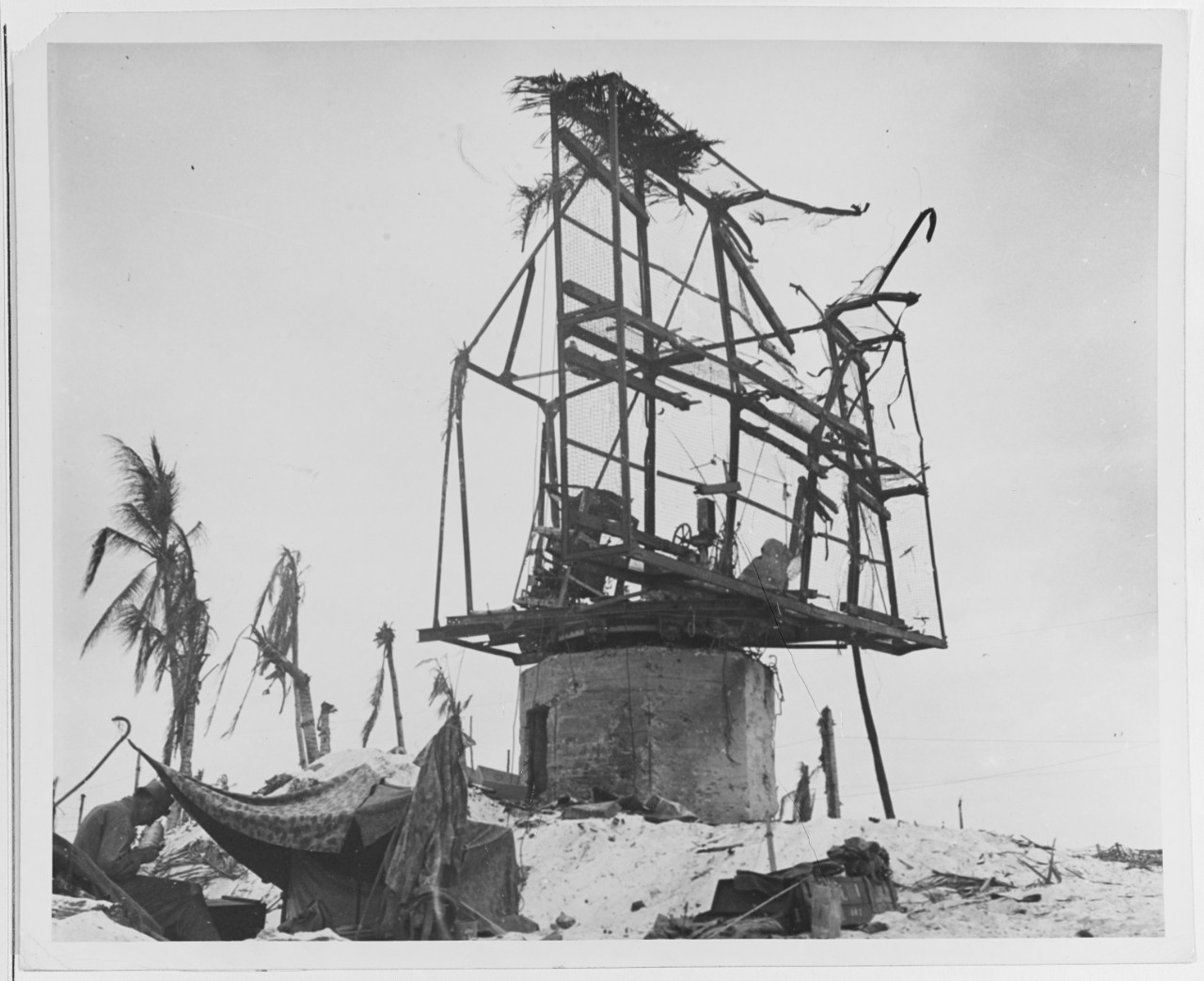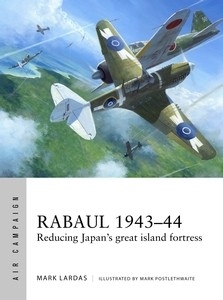This month we're publishing the first books in our Air Campaign series, which looks at how history's greatest air wars were planned and fought, and why they were won and lost. One of the first books in the series is Rabaul 1943-44 by Mark Lardas, which follows the Allied air campaign on the major Japanese base, Rabaul, during World War II.
Today on the blog, Mark Lardas returns, with an anecdote about a Marine Corps fighter ace who helped piece together the story of Rabaul.
One of the delights of writing a book for Osprey is the aha! moment. That is the moment where apparently unrelated facts come together and reveal the answer to some puzzling inconsistency. Sometimes these moments change the book. Other times they provide an answer to a nagging question.
In Rabaul 1943–44, one such moment centered on the death of a Marine fighter ace.
 Robert M. Hanson was a Marine Corps fighter ace who flew in Marine Fighter Squadron VMF-215. He was credited with 25 kills before dying in combat.
Robert M. Hanson was a Marine Corps fighter ace who flew in Marine Fighter Squadron VMF-215. He was credited with 25 kills before dying in combat.
I say credited because many of his claimed kills occurred while he was flying alone. He was a legitimate ace, indeed at least a double ace, and possibly a triple ace. During combat Hanson’s wingmen would lose him, and Hanson would return to base solo, claiming multiple kills. On one occasion Hanson claimed five kills on one mission – ace in a day. The problem was the Japanese only lost three planes that day.
Hanson definitely shot down one that day, witnessed by his wingman among others. (His other four claimed kills occurred while he was flying alone.) His wingman shot down a second. A third was shot down by another member of VMF-215. VMF-215 claimed a total of 13 Japanese aircraft that day, so Hanson was not the only pilot claiming kills that could not have happened.
But Hanson made a habit of claiming multiple kills while solo and unwitnessed. His explanation to junior members of the squadron was that he hid in clouds until he spotted a lone Japanese aircraft, and would then pounce. There were too few Japanese aircraft available to be shot down to justify Hanson’s kill rate. Hanson’s squadron commander became curious. He assigned an experienced pilot as Hanson’s wingman with orders to stick to Hanson. It worked for most of one mission – and Hanson got no kills. Then Hanson shook off his wingman and went solo.
Hanson’s wingman intended to report Hanson’s behavior, but the report was moot by the time the wingman returned. Hanson had caught up with the rest of the squadron. He had then been shot down and killed strafing a building at Cape St. George on the southern tip of New Ireland. Hanson would be awarded a posthumous Medal of Honor and suddenly the issue of inflated kill claims was not only irrelevant – it was embarrassing.
According to contemporary press reports Hanson was killed “attempting to destroy a lighthouse that often gave the fighter group trouble by firing flak at the fighter group as they passed the lighthouse.”
That explanation made no sense to me. It smelled. Why risk fighter aircraft to knock out an easily avoided flak position? Yet that lighthouse was frequently attacked over the course of the campaign. It seemed obvious the antiaircraft artillery was at and around the lighthouse to protect something.
It could not be the lighthouse. Lighthouses are important navigation landmarks, but not during wartime. Their lights are doused, especially in a war zone. But something was near that lighthouse, something so secret its presence could not be mentioned at the time. Whatever it was, it was important at the time, but not important enough to merit attention after the war had passed it by.
Authors run into a lot of those types of puzzles researching books. Hanson’s death was peripheral to the larger tale of reducing Rabaul, so I left it unsolved, and left the whole puzzle out of the book. The answer came later, researching Japanese air defenses, specifically their early warning radar network.
Japan invested a lot into the defense of Rabaul, including over a third of the Imperial Navy’s available early warning radar units. These had an effective range of 150 miles (for formations of aircraft). They placed one radar site at the southern tip of New Ireland, next to the lighthouse. This station provided Rabaul an extra thirty minutes warning of any air raid coming from Bougainville. This was my aha! moment.
 Japanese radar installation on Betio Island, Tarawa Atoll
Japanese radar installation on Betio Island, Tarawa Atoll
 The Cape St. George radar station would have been a priority target. It was frequently the target of dive bombing raids. Radar stations are notoriously hard to knock out by bombing. Usually they can be quickly repaired. Thus it would also have been a target of opportunity for homeward bound fighters with extra ammunition. (The Allies ruled the sky south of Cape St. George, so being low on ammunition was not a big risk.)
The Cape St. George radar station would have been a priority target. It was frequently the target of dive bombing raids. Radar stations are notoriously hard to knock out by bombing. Usually they can be quickly repaired. Thus it would also have been a target of opportunity for homeward bound fighters with extra ammunition. (The Allies ruled the sky south of Cape St. George, so being low on ammunition was not a big risk.)
However, it would have been a target the Japanese would have defended tenaciously. They had plenty of anti-aircraft artillery when they installed the radar station, and used generous amounts to protect the station. The St. George lighthouse would have made an excellent flak tower, as well as a noticeable landmark. Attacking it would have been risky, but certainly worth risking an aircraft or two. Knocking it out, even for a day or two, would ultimately save more aircraft.
Hanson’s death caused a problem, however. Hanson was then a famous fighter ace, the most famous ace in the theater when he died. His death would make the news. To protect the radar secret, it was reported he died attacking the flak trap at St. George Point – a literally true, but incomplete explanation.
By the time the radar was no longer a secret, Hanson was yesterday’s news. No “now it can be told” stories were written to update the story of his death. No one felt the need. He went into the history books as the man killed attacking a lighthouse.
ACM 2: Rabaul 1943-44 is available to pre-order and will be published 25 January 2018.


Comments
You must be logged in to comment on this post. Click here to log in.
Submit your comment